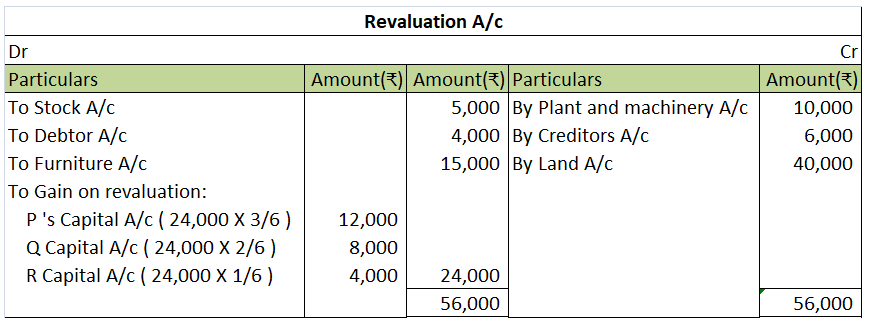Bad Debt is the amount that is irrecoverable from the debtors. It is the portion of the receivables. It includes two accounts “Bad Debts A/c” and “Debtors A/c or Accounts Receivable A/c”. The amount cannot be recovered by the debtor for reasons like the debtor is no longer in the position to pay offRead more
Bad Debt is the amount that is irrecoverable from the debtors. It is the portion of the receivables. It includes two accounts “Bad Debts A/c” and “Debtors A/c or Accounts Receivable A/c”.
The amount cannot be recovered by the debtor for reasons like the debtor is no longer in the position to pay off the debt or has become insolvent.
There are two methods to write off bad debts:
- Direct Method
- Allowance for Doubtful Debts
1. Direct Method: In this method, the amount of bad debts is directly deducted from the total receivables and the second effect is transferred to the debit side of Profit and Loss A/c as an expense.
The journal entry for bad debts as per modern rules of accounting is as follows:
| Bad Debts A/c | Debit | Increase in expenses |
| To Accounts Receivable A/c | Credit | Decrease in assets |
| (Being bad debts written off ) |
Journal entry for transferring bad debts to profit and loss account:
| Profit and Loss A/c | Debit |
| To Bad Debts A/c | Credit |
| (Being bad debts transferred to profit and loss a/c ) |
For example, A Ltd had a total receivable of Rs.2,50,000 and bad debts for the period amounted to Rs.10,000.
Here, the journal entries will be:
| Bad Debts A/c | Debit | 10,000 |
| To Accounts Receivable A/c | Credit | 10,000 |
| (Being bad debts written off ) |
| Profit and Loss A/c | Debit | 10,000 |
| To Bad Debts A/c | Credit | 10,000 |
| (Being bad debts transferred to profit and loss a/c ) |
2. Allowance for Doubtful Debts: In this method allowance is the estimation of the debts which is doubtful to be paid. The company creates a reserve for such debts which are uncollectible.
Firstly, the company will create a reserve which will be based on the accounts receivable. The journal entry will be:
| Bad Debts A/c | Debit |
| To Allowance for Doubtful Debts A/c | Credit |
| (Being allowance for doubtful debts created) |
When a specific receivable is uncollectible it will be charged as an expense, and Allowance for Doubtful Debts will be “Debited” and Accounts Receivable will be “Credited”.
| Allowance for Doubtful Debts A/c | Debit |
| To Accounts Receivable A/c | Credit |
| (Being bad debts written off) |
For example, Mr.B sold goods worth Rs.15,000 to Mr.D. He creates an allowance of Rs.15,000 in case Mr.D fails to pay the amount. At the end of the period, Mr.D defaults and does not pay the debt.
In this case, Mr.B will first record the journal entry for allowance and then will write off Mr.D’s account.
| Bad Debts A/c | 15,000 |
| To Allowance for Doubtful Debts A/c | 15,000 |
| (Being allowance of Rs.10,000 created for doubtful debts) |
| Allowance for Doubtful Debts A/c | 15,000 |
| To Mr.D’s A/c | 15,000 |
| (Being Mr.D’s account written off) |


The Furniture and Fixture is depreciated @10% according to the income tax act and as per the companies act, 2013 @9.50% under Straight line method and @25.89% under written down value method. Furniture and fixture form a major part to furnish an office. For Example, the chair, table, bookshelves, etRead more
The Furniture and Fixture is depreciated @10% according to the income tax act and as per the companies act, 2013 @9.50% under Straight line method and @25.89% under written down value method.
Furniture and fixture form a major part to furnish an office. For Example, the chair, table, bookshelves, etc. all comes under Furniture and Fixture. The useful life of Furniture and Fixtures is estimated as 5-10 years depending upon the kind of furniture.
Rate of depreciation in reference to days
- If the furniture is bought but is not put to use, then no depreciation will be charged.
See less